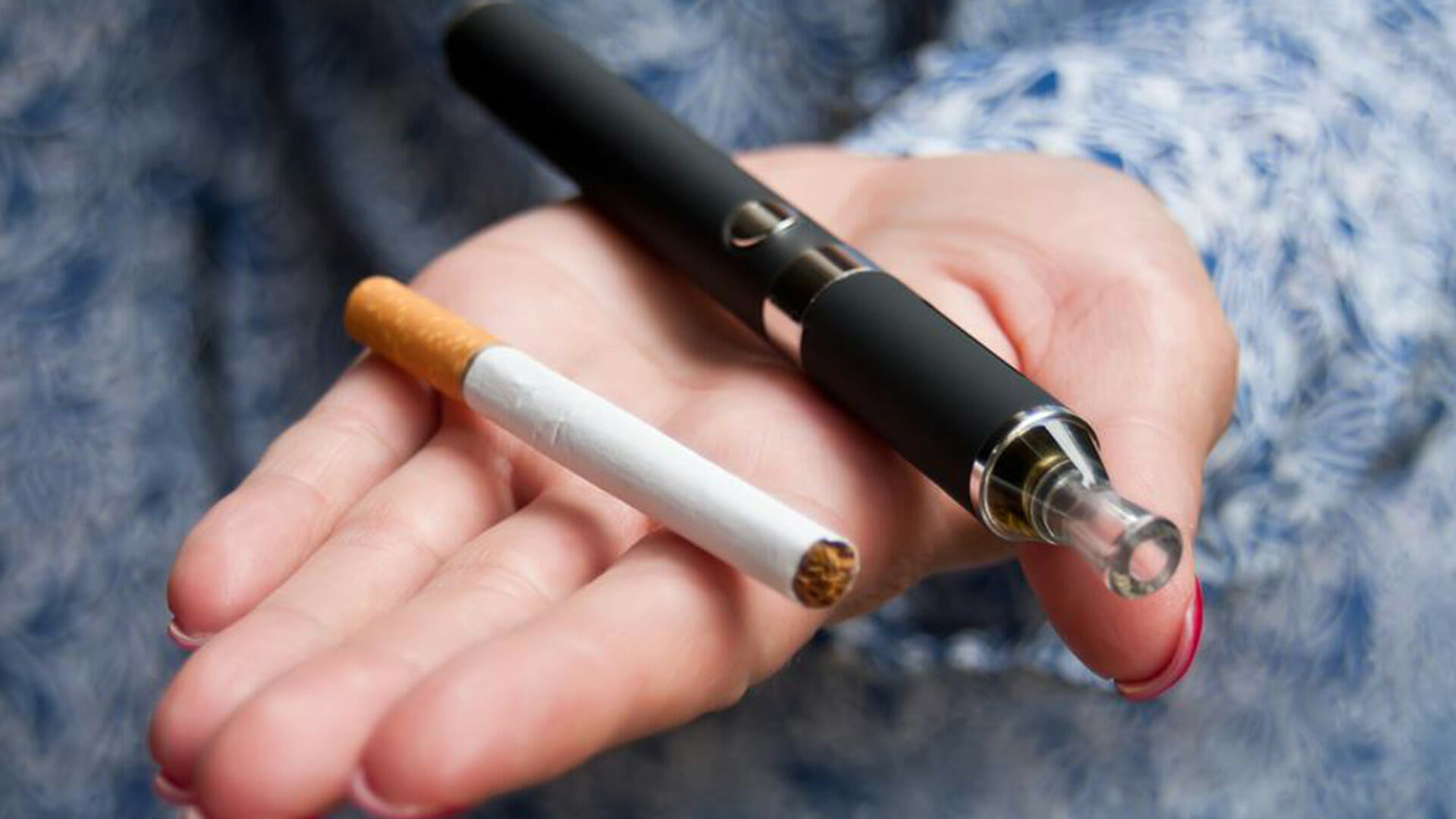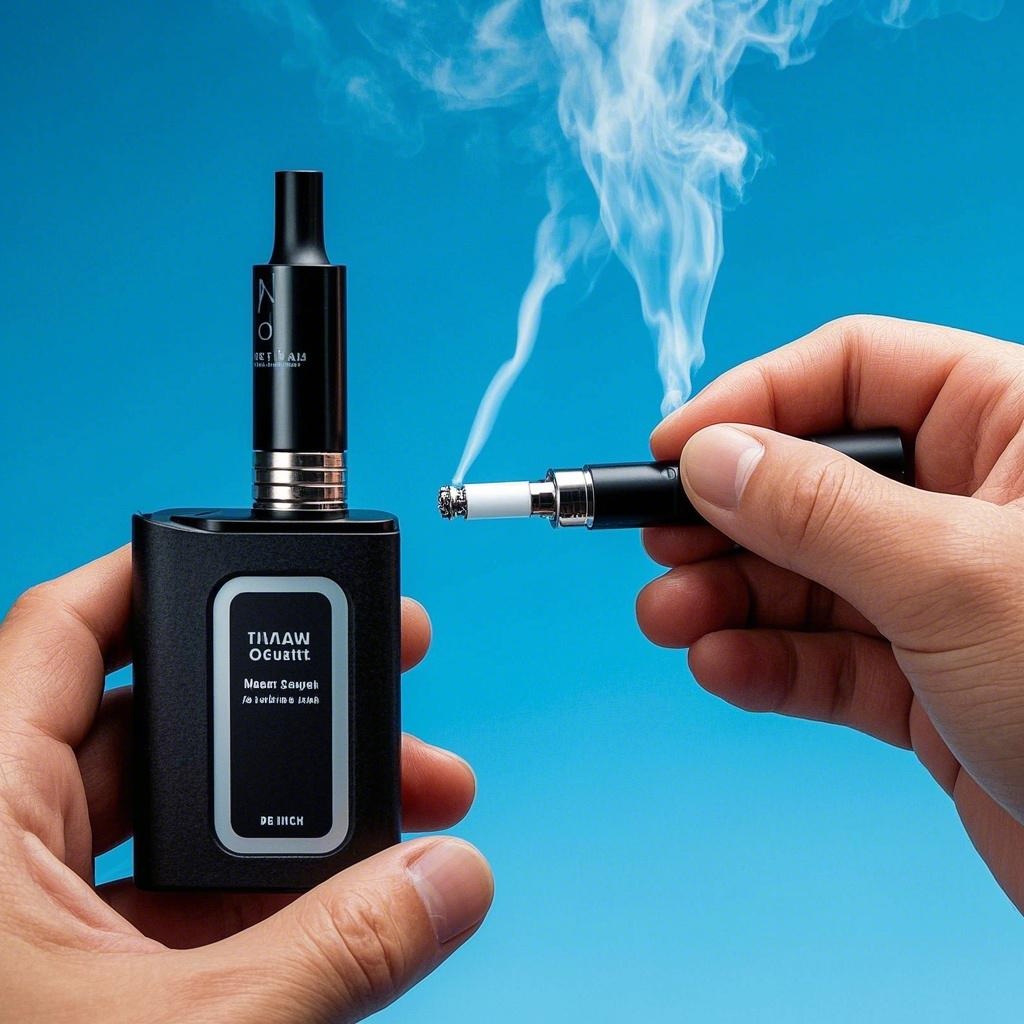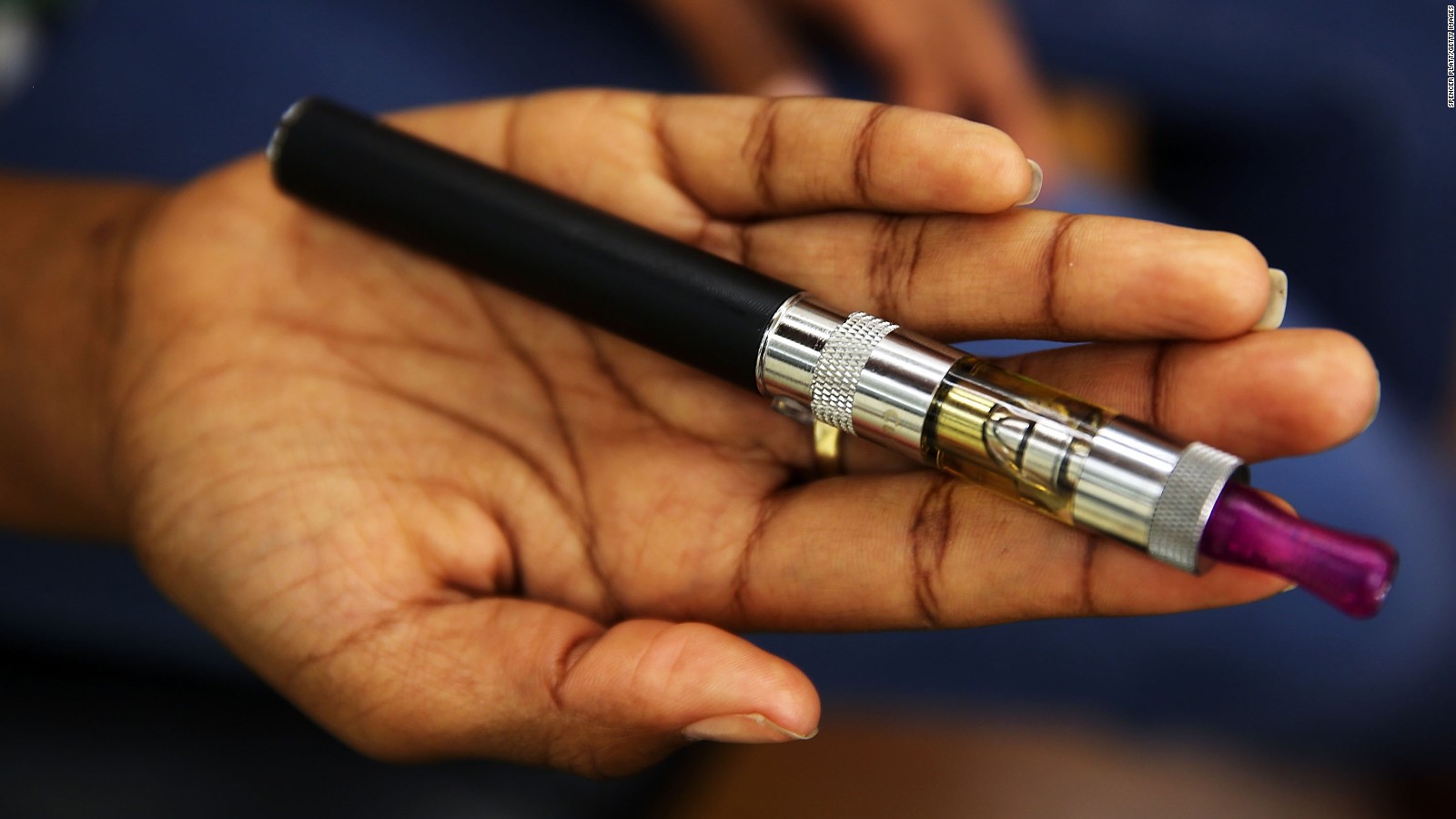As more people turn to e-cigarettes as an alternative to traditional smoking, a common question arises: How many puffs of an e-cigarette are equivalent to one cigarette? While this seems like a straightforward comparison, the answer is not as simple as it may seem. E-cigarettes and traditional cigarettes differ in many ways, including their nicotine delivery, puff duration, and the way they are consumed. In this article, we will explore these differences and provide a rough estimate of how many puffs of an e-cigarette might equal the nicotine intake of a single cigarette. Additionally, we’ll look into the factors that can affect this equivalency, such as the type of e-cigarette used, your personal usage habits, and the potential health risks involved.
E-Cigarette vs Traditional Cigarette: Comparing Puffing Amounts
When comparing e-cigarettes to traditional cigarettes, the amount of consumption doesn’t directly correlate due to several key differences. The most obvious distinction is in how they are used and the type of smoke or vapor inhaled. Traditional cigarettes produce smoke by burning tobacco, whereas e-cigarettes vaporize a liquid containing nicotine and other chemicals.
Key Differences in Consumption:
| Factor | Traditional Cigarette | E-Cigarette |
|---|---|---|
| Consumption Method | Burning tobacco to produce smoke | Heating liquid (e-liquid) to produce vapor |
| Smoke/Vapor Density | High smoke density | Lower vapor density compared to smoke |
| Duration of Puff | Shorter puffs, but continuous smoking | Longer puffs, with more control over intake |
| Nicotine Delivery | Rapid nicotine absorption through smoke | Slower, more controlled nicotine release |
Why E-Cigarettes and Cigarettes Aren’t Directly Comparable
The primary reason e-cigarettes and cigarettes don’t have a one-to-one equivalency in puff count is the difference in nicotine delivery. Cigarettes deliver nicotine almost immediately due to the burning process, while e-cigarettes allow for a slower, more controlled release as the vapor is inhaled. Additionally, e-cigarettes come in various forms, such as disposable or refillable, each offering different nicotine strengths and puff durations, which can influence the overall equivalency.
While a cigarette may take about 8-12 puffs for most users to consume, an e-cigarette could take significantly more puffs to achieve the same amount of nicotine intake. Therefore, the number of puffs needed to equal one cigarette can vary greatly depending on the type of e-cigarette, the nicotine concentration, and the user’s smoking habits.
This section lays the foundation for understanding why the comparison between e-cigarettes and traditional cigarettes isn’t straightforward and sets the stage for a more detailed look at how many puffs of an e-cigarette might actually equal one cigarette in terms of nicotine intake.
How Much Nicotine Does Each Puff of an E-Cigarette Contain?
The amount of nicotine in each puff of an e-cigarette can vary depending on several factors, including the type of e-cigarette, the nicotine concentration in the e-liquid, and the duration of each puff. Understanding these differences is crucial when estimating how many puffs of an e-cigarette are equivalent to a single traditional cigarette.
Nicotine Intake per Puff
On average, a traditional cigarette delivers around 1 to 2 mg of nicotine per cigarette. E-cigarettes, however, can deliver varying amounts of nicotine per puff based on the type of device and the concentration of nicotine in the e-liquid. Generally, the nicotine concentration in e-liquid ranges from 3 mg/mL to 18 mg/mL or more, and the amount of nicotine delivered per puff can depend on how long you inhale and the efficiency of the vaporization.
Nicotine Delivery by E-Cigarette Type
| E-Cigarette Type | Nicotine Per Puff | Explanation |
|---|---|---|
| Disposable E-Cigarette | ~0.5 – 1 mg | Typically pre-filled with lower nicotine concentration and designed for short-term use. |
| Rechargeable E-Cigarette | ~0.1 – 0.5 mg | Users can control puff duration, which affects nicotine intake; often used with higher nicotine concentrations in e-liquids. |
| Pod Systems | ~0.5 – 1 mg | Similar to disposable e-cigarettes, but pods can be replaced and refilled with different nicotine concentrations. |
| Vape Mods | ~0.5 – 1.5 mg | Larger devices that allow users to adjust wattage and vapor production; higher wattage increases nicotine intake per puff. |
How These Differences Affect “Cigarette Equivalent” Calculations
The differences in nicotine delivery among e-cigarette types mean that calculating the exact number of puffs needed to equal a traditional cigarette is not straightforward. For example, a disposable e-cigarette may have fewer puffs per milliliter of e-liquid compared to a pod system or a vape mod. In turn, this impacts how quickly a user consumes nicotine and how long the device lasts.
To give a rough estimate, it may take anywhere from 50 to 200 puffs of a standard e-cigarette to match the nicotine delivered by a single cigarette. The variability depends on the e-cigarette’s nicotine concentration and the user’s puff duration. Therefore, the specific type of e-cigarette you use and how you use it will influence the number of puffs equivalent to one traditional cigarette.
This section highlights the importance of understanding the type of e-cigarette used when comparing its puff count to that of a cigarette, and why a one-size-fits-all approach doesn’t work for this calculation.
The Ingredient Differences Between E-Cigarettes and Traditional Cigarettes
E-cigarettes and traditional cigarettes not only differ in their method of consumption but also in their composition. The ingredients of each play a significant role in how nicotine is delivered to the body, the overall smoking experience, and the potential health risks associated with each product. Understanding these differences is key when trying to compare the number of puffs from an e-cigarette to one traditional cigarette.
Key Ingredients in Traditional Cigarettes
Traditional cigarettes are primarily made up of tobacco, which is burned to release nicotine along with a variety of other chemicals. When a cigarette is lit, it creates smoke that contains thousands of harmful substances, including tar, carbon monoxide, and heavy metals.
| Traditional Cigarette Ingredients | Function |
|---|---|
| Tobacco | The primary source of nicotine, which provides the smoker’s desired effect. |
| Tar | A byproduct of burning tobacco, which can accumulate in the lungs and cause respiratory issues. |
| Carbon Monoxide | A harmful gas released from burning tobacco, which reduces oxygen levels in the blood. |
| Ammonia, Benzene, and Formaldehyde | Chemicals that are released during combustion, known to cause cancer and other health issues. |
Key Ingredients in E-Cigarettes
E-cigarettes, on the other hand, contain a different mix of ingredients. The primary components in e-cigarette e-liquid (also known as vape juice) are nicotine, propylene glycol (PG), vegetable glycerin (VG), and flavorings. Unlike traditional cigarettes, e-cigarettes don’t involve combustion; instead, they use heat to vaporize the e-liquid.
| E-Cigarette Ingredients | Function |
|---|---|
| Nicotine | The addictive substance, derived from tobacco, that provides the sensation similar to smoking. |
| Propylene Glycol (PG) | A solvent used to create a throat hit, providing a sensation similar to smoke. |
| Vegetable Glycerin (VG) | A thicker liquid that produces vapor and gives the e-cigarette a smoother inhale. |
| Flavorings | Various food-grade chemicals used to provide different flavors, like fruit, menthol, or tobacco. |
How Ingredient Differences Affect Smoking Experience and Health
The key difference in ingredients between e-cigarettes and traditional cigarettes directly impacts the smoking experience. For instance, the absence of combustion in e-cigarettes eliminates the production of harmful byproducts like tar and carbon monoxide. This makes e-cigarettes potentially less harmful in terms of respiratory and cardiovascular damage. However, the long-term health effects of inhaling vaporized nicotine and flavorings are still being studied.
Additionally, the chemical composition of e-cigarettes allows for more control over the nicotine concentration, offering users a tailored experience. In contrast, traditional cigarettes deliver nicotine more quickly due to the rapid combustion of tobacco.
Why These Differences Make Equivalency Calculations Difficult
The differing chemical composition means that the rate at which nicotine is absorbed, along with the harmful substances introduced to the body, differs between e-cigarettes and traditional cigarettes. This creates significant challenges when attempting to equate the two based purely on puff count. The presence of other harmful substances in traditional cigarettes complicates direct comparisons, while the variable nicotine concentration and delivery method in e-cigarettes further complicate attempts to quantify equivalency.
Ultimately, the differences in ingredients and their effects make it difficult to precisely calculate how many puffs of an e-cigarette equal one traditional cigarette. This is a key factor to consider when discussing the potential health impacts and nicotine intake between the two products.
How to Estimate How Many E-Cigarette Puffs Equal One Cigarette?
Estimating how many puffs of an e-cigarette are equivalent to a traditional cigarette can be tricky due to the various factors that influence nicotine intake. However, we can offer a rough calculation based on common usage patterns and nicotine content in e-cigarettes. This method will help provide consumers with a conceptual understanding of how e-cigarette consumption compares to smoking a traditional cigarette.
Estimating Nicotine Intake per Puff
To calculate how many puffs of an e-cigarette equal one cigarette, we need to consider the following:
- Nicotine content in a traditional cigarette: A typical cigarette contains around 1 to 2 mg of nicotine.
- Nicotine content in e-cigarettes: E-cigarettes come in a range of nicotine concentrations, from 3 mg/mL to 18 mg/mL or higher. On average, each puff from an e-cigarette delivers about 0.1 mg to 1.5 mg of nicotine, depending on the device and liquid concentration.
Rough Equivalency Calculation
Here’s a rough method to estimate the number of e-cigarette puffs that equal the nicotine intake of a single traditional cigarette:
| E-Cigarette Type | Nicotine per Puff | Estimated Puffs to Equal One Cigarette (1-2 mg Nicotine) |
|---|---|---|
| Disposable E-Cigarette | 0.5 – 1 mg | 2 to 4 puffs |
| Rechargeable E-Cigarette | 0.1 – 0.5 mg | 4 to 20 puffs |
| Pod Systems | 0.5 – 1 mg | 2 to 4 puffs |
| Vape Mods | 0.5 – 1.5 mg | 1 to 4 puffs |
Factors That Affect This Estimate
- Nicotine Concentration: Higher nicotine concentrations in e-liquids result in more nicotine per puff, reducing the number of puffs needed to equal a cigarette.
- Puff Duration: Longer puffs increase the amount of nicotine inhaled per puff. This can significantly alter the equivalency.
- Device Type: Larger devices like vape mods can deliver more vapor and nicotine with each puff compared to smaller devices like disposable e-cigarettes or pod systems.
Example Estimation
For example, if you are using a disposable e-cigarette with a nicotine concentration of 10 mg/mL, and each puff delivers approximately 1 mg of nicotine, it would take about 2 puffs to equal the nicotine intake of one cigarette (which contains 1-2 mg of nicotine). However, if you use a pod system with a lower nicotine concentration (e.g., 3 mg/mL), it may take around 4 puffs to achieve the same nicotine intake.
This rough estimation provides a general guideline, but actual equivalency may vary depending on factors such as device performance, e-liquid strength, and the user’s smoking behavior. Understanding these nuances is important for those who are trying to switch from smoking to vaping or manage their nicotine intake more effectively.
E-Cigarette Usage Habits and Health Risks
The way in which e-cigarettes are used can significantly affect the amount of nicotine consumed, as well as the potential health risks associated with vaping. Understanding how usage habits influence nicotine intake and exploring the health considerations of long-term e-cigarette use is essential for those making the switch from traditional smoking. In this section, we’ll discuss how usage habits can impact your vaping experience and provide health risk assessments, along with tips for safer vaping.
How Usage Habits Influence Nicotine Intake
E-cigarette users may consume varying amounts of nicotine depending on how they use their device. Factors such as puff duration, frequency of use, and nicotine concentration in the e-liquid can all influence the total nicotine intake over time.
| Usage Habit | Effect on Nicotine Intake |
|---|---|
| Longer Puffs | Increases nicotine intake per puff; users may absorb more nicotine faster. |
| Frequent Usage | More frequent use leads to higher overall nicotine consumption throughout the day. |
| High Nicotine Concentration | E-liquids with higher nicotine concentrations deliver more nicotine per puff, leading to higher overall intake. |
| Infrequent, Short Puffs | Leads to lower nicotine intake, but can still result in a cumulative effect over time. |
Users who take longer, more frequent puffs with high-nicotine e-liquids are likely to consume more nicotine compared to those who vape occasionally or choose lower-nicotine options. This variability can make it difficult for users to gauge how much nicotine they are consuming and how it compares to smoking a traditional cigarette.
Health Risks of E-Cigarette Use
While e-cigarettes are considered less harmful than smoking traditional cigarettes, they are not without health risks. Some potential health concerns associated with vaping include:
- Nicotine Addiction: E-cigarettes deliver nicotine, which is highly addictive. Prolonged use can lead to nicotine dependency, making it difficult for users to quit.
- Respiratory Issues: While e-cigarettes don’t produce tar or carbon monoxide like traditional cigarettes, inhaling vaporized chemicals can still irritate the respiratory system. Some users report coughing, throat irritation, or shortness of breath.
- Cardiovascular Impact: Nicotine can raise heart rate and blood pressure, potentially leading to long-term cardiovascular problems, especially in users with pre-existing heart conditions.
- Unregulated Ingredients: The quality and safety of e-liquid ingredients can vary greatly, especially when products are purchased from unregulated or dubious sources. Contaminants or harmful chemicals in the liquid can pose health risks.
- Potential for Explosions (in some devices): Faulty or improperly used vape mods with removable batteries can sometimes cause explosions or fires.
Tips for Safer E-Cigarette Use
To reduce the health risks associated with e-cigarette use, consider the following safety tips:
- Use Quality Products: Always choose e-cigarettes and e-liquids from reputable manufacturers and sellers. Ensure that products are tested for safety and that they adhere to regulatory standards.
- Opt for Lower Nicotine Concentrations: If you are concerned about nicotine dependence, consider using e-liquids with lower nicotine concentrations and gradually reduce your intake over time.
- Practice Moderation: Just like traditional smoking, moderation is key. Avoid excessive vaping, and try to limit usage to avoid unnecessarily high nicotine consumption.
- Be Mindful of Device Maintenance: Regularly clean and maintain your e-cigarette device to ensure it works properly and avoid potential malfunctions or safety issues, especially with rechargeable or mod devices.
- Monitor Health Effects: If you experience any adverse effects, such as breathing problems or dizziness, consider reducing or stopping your use of e-cigarettes and consulting a healthcare professional.
Conclusion: Make Informed Choices for a Healthier Future
While e-cigarettes may offer a less harmful alternative to traditional smoking, they still carry risks, particularly when used excessively or irresponsibly. By understanding how your usage habits impact nicotine intake and being mindful of the potential health risks, you can make more informed decisions about vaping. Choosing lower nicotine options, practicing moderation, and selecting high-quality, safe products will help you enjoy a healthier experience with e-cigarettes.






